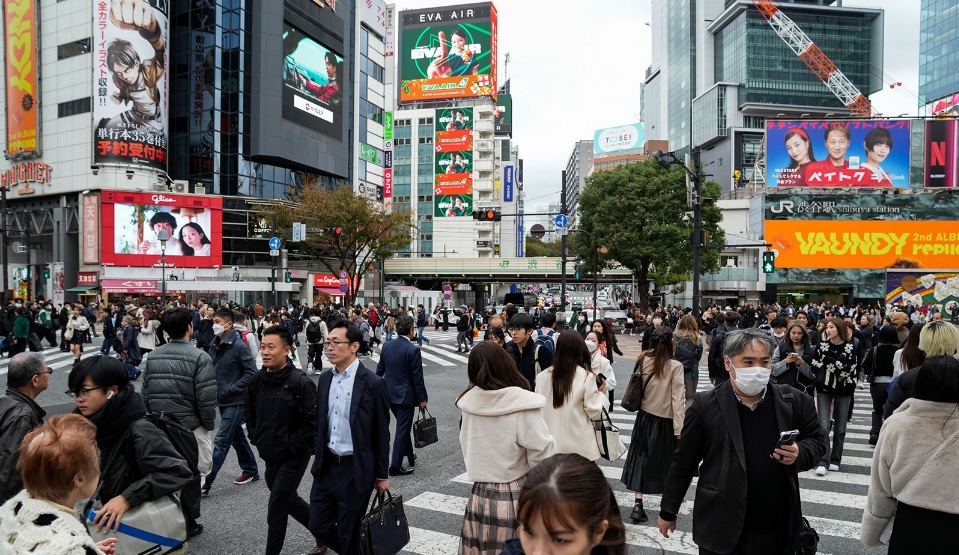Hiroshima Day: When “The Cruelest Bomb” Killed Tens Of Thousands.
Hiroshima Day: Hiroshima was chosen as the target because the US wanted to not just force Japan to kneel but also wanted to end its ability to fight wars for years to come.
On 6st August, 1945, an American B-29 plane dropped a nuclear bomb over Hiroshima, Japan. The besieging killed almost 80,000 individuals in a split second and many thousands more passed on later of radiation openness. This was the first run through a nuclear bomb was utilized. After three days, a second B-29 dropped another nuclear bomb on Nagasaki. This killed another 40,000 individuals. These two bombings constrained Japan to report on August 15 that it was giving up genuinely during World War II.
Japan marks Hiroshima Day on 6st August to bring issues to light about the overwhelming force of what its sovereign Hirohito portrayed as “another and most savage bomb”. The day likewise reminds the world about the requirement for “harmony legislative issues” to keep away from any more universal conflicts and annihilation.

What Happened On 6st August, 1945?
On the morning of 6st August, the “Enola Gay” B-29 plane dropped the nuclear bomb, called “Young man”, with a power of 12-15 kilotons of bomb on Hiroshima, an assembling center of in excess of 350,000 individuals around 500 miles from Tokyo. This shoot annihilated five square miles of the city right away. The plane dropped the bomb by parachute at 8:15 am neighborhood time and it detonated 2,000 feet over the city. This was when most modern laborers had answered to work or were on the way. Youngsters were in transit to class and some had even shown up there.
The Bombing Of Nagasaki
In spite of the decimation the bomb caused, Japan didn’t give up. On August 9, the US sent another B-29, Bockscar, to the essential objective of the city of Kokura. In any case, thick mists over Kokura forestalled the pilot, Major Charles Sweeney, from dropping the bomb. So he traveled to the optional objective, Nagasaki, settled between mountains. He dropped “Hefty Man” at 11:02 AM. This plutonium bomb was more impressive than the one utilized in Hiroshima. It created a 22-kiloton impact.
Japan’s Surrender
Six days after the Nagasaki besieging, on August 15, sovereign Hirohito reported Japan’s acquiescence in a radio station. The conventional arrangement of give up was endorsed on September 2, installed the American warship Missouri, moored in Tokyo Bay.
Since the vast majority of the foundation in the two urban communities were cleared out, and the accompanying disorder that resulted, the genuine number of passings from the two bombings were rarely known.

Why Hiroshima?
During WWII, Japanese warriors conveyed kamikaze strategies and pilots would embrace self destruction missions to hit US warships straightforwardly. To keep more harm from such assaults and power Japan to withdraw, US President Harry Truman approved the utilization of quite possibly the most obliterating weapons throughout the entire existence of war-battling.
Hiroshima was picked as the objective in light of the fact that the US needed to constrain Japan to bow as well as needed to end its capacity to battle battles for quite a long time to come. The seventh-biggest Japanese city then, at that point filled in as the central command of the Second Army and had vital military inventory stops.
This year, as the Olympic Games are being coordinated in Japan, Hiroshima Mayor Kazumi Matsui had sent a letter to International Olympic Committee (IOC) President Thomas Bach, requesting a snapshot of quietness to be seen to check Hiroshima Day. In any case, a report said the IOC doesn’t plan to require a snapshot of quiet during the Games on August 6 yet is “expecting to respect” it during the end service.




